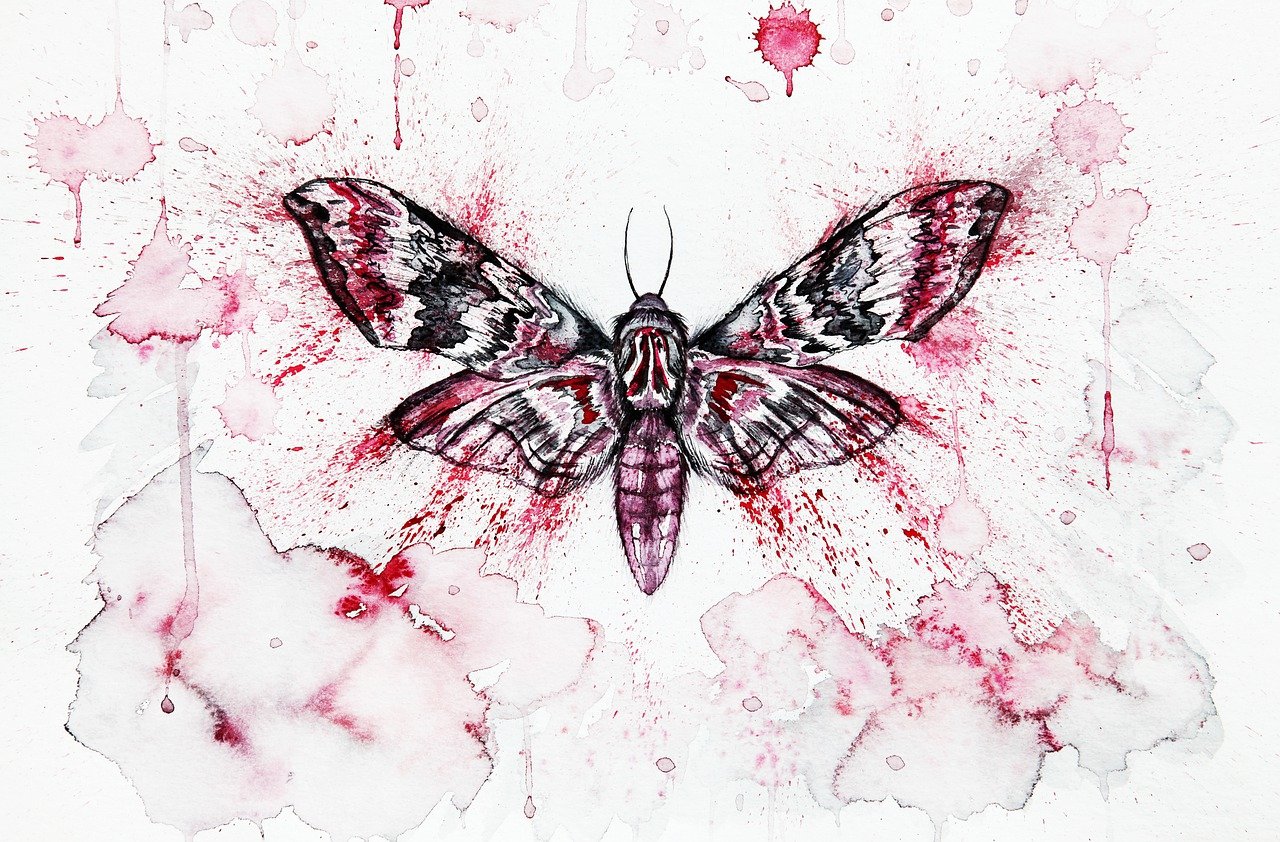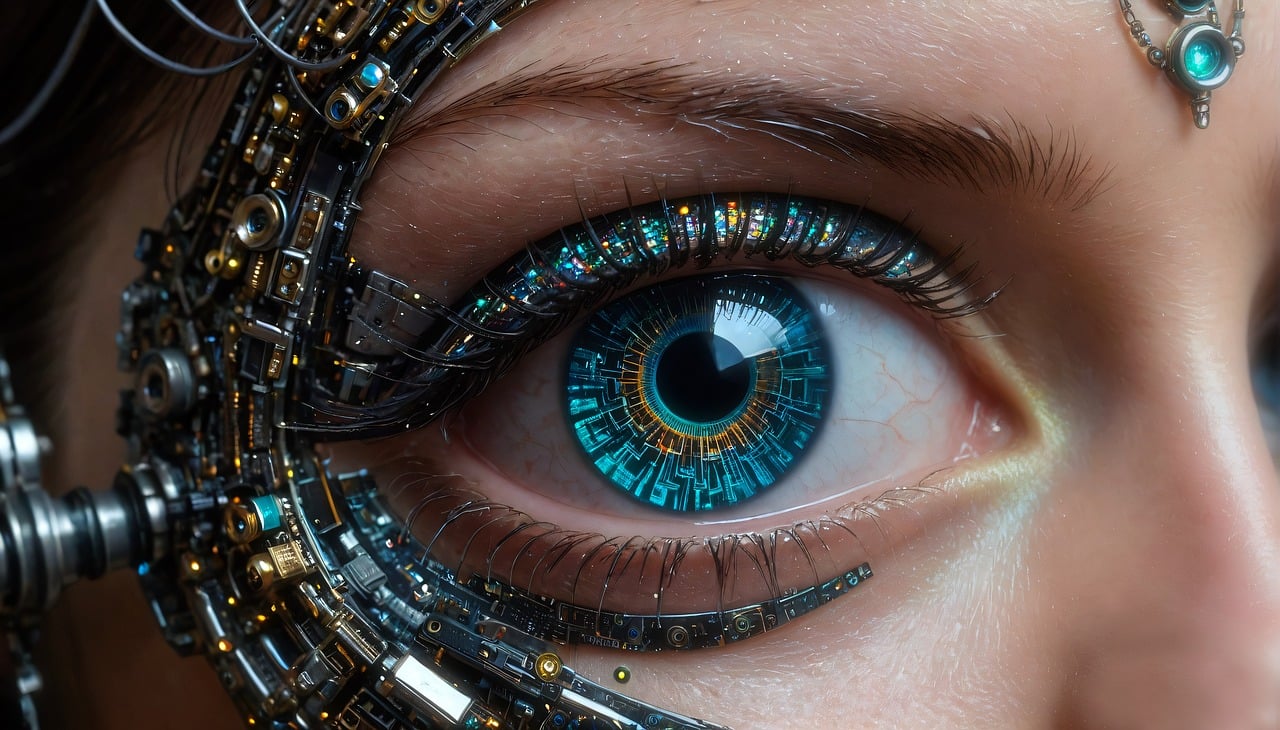The Role of Augmented Reality in Art
Augmented Reality (AR) is revolutionizing the art world by creating immersive and interactive experiences that blur the lines between the physical and digital realms. This technology overlays digital content onto the real world, allowing artists to create dynamic, context-aware artworks that engage viewers in unprecedented ways.
AR Art Installations
AR art installations are transforming public spaces and galleries into interactive canvases. These installations leverage smartphones or specialized AR headsets to overlay digital elements onto the physical environment, creating a hybrid reality that challenges traditional notions of art consumption.
Notable AR art projects:
- “Unmoored” by Mel Chin (2018) – Times Square, New York City
- “The Looking Glass” by Amir Baradaran (2019) – Various locations worldwide
- “Mirages & Miracles” by Adrien M & Claire B (2017) – Touring exhibition
- “Abstraction” by Artivive (2020) – Vienna, Austria
- “AR Graffiti” by INSA (Ongoing) – Global street art project
These projects demonstrate AR’s potential to create site-specific, interactive experiences that respond to their environment and viewer participation. For instance, Mel Chin’s “Unmoored” transformed Times Square into a virtual flood zone, raising awareness about climate change through a powerful visual metaphor.
AR in Museums and Galleries
Museums and galleries are increasingly incorporating AR technology to enhance exhibitions, provide additional context, and create more engaging visitor experiences. AR allows institutions to layer digital information over physical artifacts, offering deeper insights without altering the original pieces.
| Traditional Exhibits | AR-Enhanced Exhibits |
|---|---|
| Static displays | Interactive, dynamic content |
| Limited information on plaques | Extensive digital information accessible on-demand |
| Fixed perspective | Multiple viewpoints and 3D models |
| Language barriers | Real-time translations and accessibility features |
| Limited space for content | Virtually unlimited additional content |
The Smithsonian National Museum of Natural History’s “Skin & Bones” app exemplifies this approach, bringing fossil exhibits to life through AR animations and additional information. Similarly, the Louvre’s “Mona Lisa: Beyond the Glass” VR experience offers an immersive look at da Vinci’s masterpiece, allowing visitors to examine details typically hidden behind protective glass.
Artificial Intelligence as a Creative Tool

Artificial Intelligence (AI) is reshaping artistic creation, offering new tools and possibilities for artists while challenging traditional notions of creativity and authorship.
AI-Generated Art
AI-generated art uses machine learning algorithms, typically Generative Adversarial Networks (GANs), to create original artworks. These systems are trained on vast datasets of existing art and can generate new pieces that mimic various styles or create entirely novel aesthetics.
Popular AI art tools:
- DALL-E 2
- Midjourney
- Stable Diffusion
- Artbreeder
- RunwayML
The process of creating AI-generated art involves:
- Data collection and preprocessing
- Training the AI model on the dataset
- Fine-tuning the model for specific styles or outputs
- Generating new artworks
- Post-processing and curation by human artists
AI-generated art has gained significant attention in the art world, with works like “Portrait of Edmond de Belamy” by the French collective Obvious selling for $432,500 at Christie’s in 2018. This sale sparked debates about the nature of creativity and the role of AI in art creation.
Collaboration Between AI and Human Artists
Many artists are exploring collaborative approaches with AI, using machine learning tools to augment their creative processes rather than replace them entirely. These collaborations often result in unique works that blend human creativity with computational power.
Case study: Artist Sougwen Chung’s project “Drawing Operations” involves a collaborative performance where Chung draws alongside a robotic arm trained on her own drawing style. This symbiotic relationship between human and machine creates artworks that neither could produce alone.
Benefits of AI-human collaboration:
- Enhanced creative exploration
- Access to new aesthetic possibilities
- Rapid iteration and experimentation
Challenges:
- Balancing human input with AI contributions
- Addressing issues of authorship and credit
- Overcoming technical limitations and biases in AI systems
The Impact of Technology on Art Distribution
Digital technologies are fundamentally altering how art is distributed, marketed, and consumed, opening up new avenues for artists to reach audiences and collectors.
Digital Art Platforms
Online platforms have emerged as vital spaces for artists to showcase and sell their work, bypassing traditional gatekeepers and connecting directly with global audiences.
| Platform | Focus | Key Features |
|---|---|---|
| Artsy | Fine art marketplace | Virtual galleries, price transparency |
| DeviantArt | Community-driven platform | Wide range of digital art styles |
| SuperRare | Curated NFT marketplace | Blockchain-based ownership |
| Behance | Portfolio showcase | Networking, job opportunities |
| Foundation | NFT art platform | Invite-only artist access |
These platforms offer artists increased visibility and direct sales channels, while providing collectors with access to a diverse range of artworks from around the world.
NFTs and Blockchain Technology
Non-Fungible Tokens (NFTs) and blockchain technology are revolutionizing art ownership, provenance, and sales. NFTs provide a way to create verifiable digital scarcity and ownership for digital artworks, addressing long-standing issues of reproducibility and authenticity in digital art.
Key aspects of NFTs in art:
- Unique digital certificates of ownership
- Transparent transaction history
- Potential for ongoing artist royalties
- New models for fractional ownership
High-profile NFT art sales have captured headlines, such as Beeple’s “Everydays: The First 5000 Days,” which sold for $69 million at Christie’s in 2021. These sales have sparked intense interest in NFTs as a new art market, though questions remain about their long-term sustainability and environmental impact.
Learn more about NFTs and their impact on the art world from the Tate Modern’s comprehensive guide
Virtual Reality and Immersive Art Experiences

Virtual Reality (VR) technology is opening up new frontiers for immersive art experiences, allowing artists to create fully realized virtual environments that viewers can explore and interact with.
VR Art Exhibitions
VR exhibitions transport viewers into entirely digital realms, offering experiences that transcend the limitations of physical space. These exhibitions can range from virtual recreations of traditional gallery spaces to fantastical environments that defy the laws of physics.
Tools used in VR art creation:
- Tilt Brush by Google
- Oculus Medium
- Quill
- SculptrVR
- A-Frame (for web-based VR)
Example: The Kremer Museum, a VR-only museum, showcases high-resolution 3D scans of Dutch and Flemish Old Master paintings in a virtual environment designed by architect Johan van Lierop. Visitors can examine artworks in unprecedented detail and from angles impossible in a physical setting.
The Future of VR in Art
As VR technology continues to evolve, its potential applications in art are expanding. Emerging trends include:
- Social VR experiences: Allowing multiple users to interact within virtual art spaces
- Haptic feedback integration: Adding tactile sensations to enhance immersion
- AI-generated VR environments: Creating dynamic, ever-changing virtual art worlds
- Cross-reality experiences: Blending VR with AR and physical installations
These developments point towards a future where the boundaries between physical and virtual art experiences become increasingly blurred, offering new possibilities for artistic expression and audience engagement.
The Ethical Considerations of Technology in Art
As technology becomes more deeply integrated into artistic practices, it raises important ethical questions about creativity, authorship, and accessibility.
Authorship and Originality
The use of AI in art creation challenges traditional notions of authorship and originality. When an artwork is generated by an AI system trained on thousands of existing works, questions arise about who can claim creative ownership.
| Aspect | Traditional Art | AI-Generated Art |
|---|---|---|
| Creator | Single artist or collaborative team | AI system + human curator/artist |
| Inspiration | Personal experiences, other artworks | Training dataset of existing art |
| Originality | Based on unique human creativity | Derived from patterns in training data |
| Authorship | Clear attribution to artist(s) | Ambiguous attribution between AI and human |
These issues have led to debates about the nature of creativity and the legal frameworks surrounding AI-generated art. Some argue that AI should be seen as a tool, with the human artist retaining authorship, while others advocate for new models of shared or algorithmic authorship.
Accessibility and Inclusivity
Technology has the potential to make art more accessible and inclusive, breaking down barriers to creation and consumption. Initiatives leveraging technology to democratize art include:
- Virtual museums and galleries: Providing global access to art collections
- AI-powered art description tools: Enhancing accessibility for visually impaired individuals
- Low-cost VR headsets: Making immersive art experiences more widely available
- Open-source AI art tools: Democratizing access to advanced creative technologies
However, concerns remain about the digital divide and the potential for technology to create new forms of exclusion. Ensuring equitable access to art-making technologies and digital art platforms remains a crucial challenge.
Conclusion
The intersection of technology and art is a dynamic and rapidly evolving space, with Augmented Reality, Artificial Intelligence, and Virtual Reality at the forefront of innovation. These technologies are not just changing how art is created and experienced, but are fundamentally reshaping our understanding of creativity, authorship, and the role of art in society.
As we look to the future, the potential for technology-enhanced art seems boundless. From AI collaborators that challenge our notions of creativity to immersive VR experiences that transport us to new realities, technology is expanding the canvas of artistic expression in unprecedented ways.
Yet, as we embrace these new possibilities, we must also grapple with the ethical implications and ensure that technological advancements in art serve to include and inspire, rather than exclude or alienate. The ongoing dialogue between artists, technologists, and audiences will be crucial in shaping a future where technology enhances, rather than replaces, human creativity.
The intersection of technology and art represents not just a new chapter in artistic expression, but a reimagining of the very nature of art itself. As these technologies continue to evolve, they promise to open up new realms of creative possibility, inviting us all to participate in the ongoing redefinition of art in the digital age.